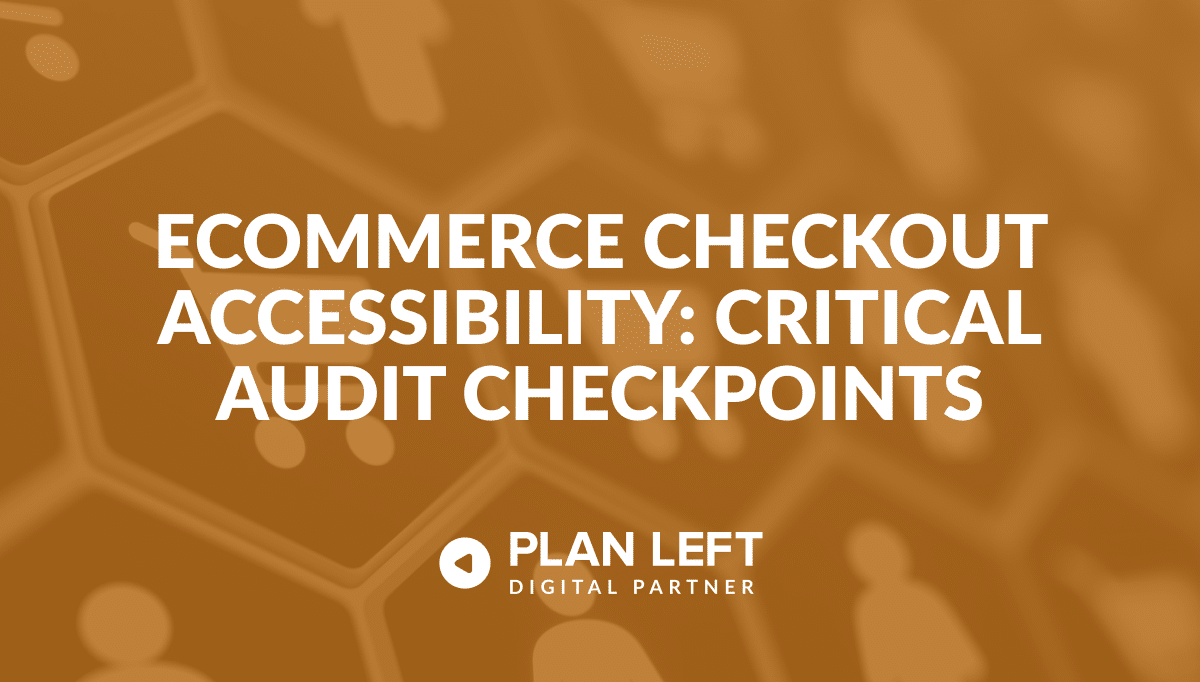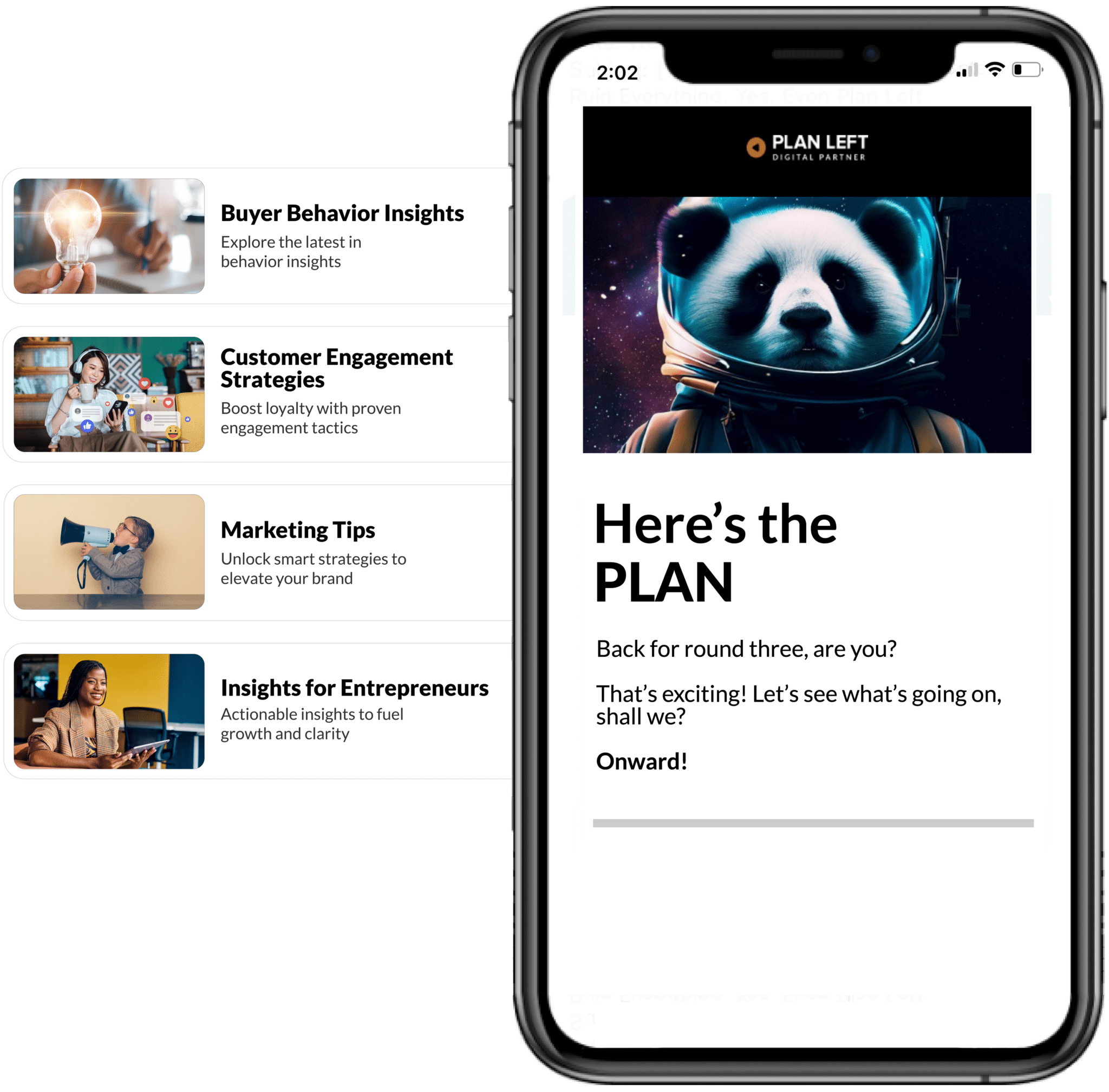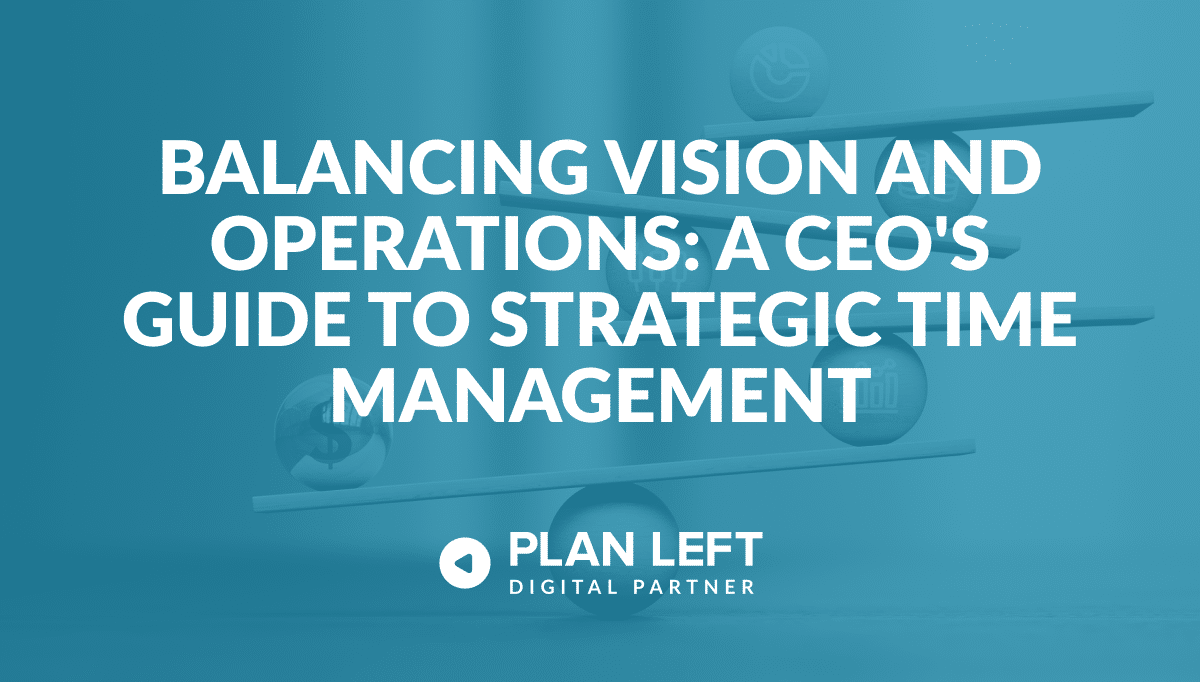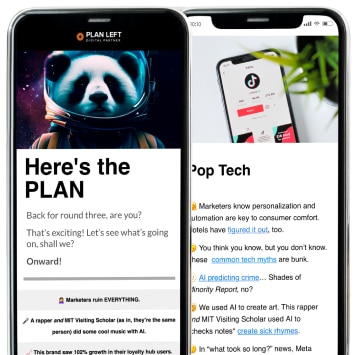
Every abandoned cart tells a story. For users with disabilities, that story is often one of frustration, exclusion, and missed opportunities—a digital barrier that transforms a potential purchase into a moment of profound disconnection.
The Hidden Cost of Inaccessible Checkout Processes
Accessibility is not a theoretical concept—it’s a direct driver of business performance. Inaccessible checkout processes don’t just create user frustration; they represent tangible economic impact.Compliance Landscape and Economic Implications The financial stakes of checkout accessibility are significant:
- Approximately 61 million adults in the U.S. live with a disability
- An estimated 70% of websites fail basic accessibility standards
- Inaccessible checkout processes can cost businesses up to 20% of potential revenue
- Legal risks from ADA non-compliance continue to increase
Critical Accessibility Checkpoints
Transforming checkout experiences requires a comprehensive understanding of potential barriers:
Accessibility Audit Dimensions
- Form interaction design
- Error message clarity
- Payment method accessibility
- Screen reader compatibility
- Keyboard navigation support
- Adaptive input mechanisms
Screen reader compatibility presents the most complex challenge. Checkout flows must communicate not just visual information, but provide comprehensive, context-rich guidance for users relying on assistive technologies.
Error handling becomes a critical accessibility feature. Traditional error messages often rely on visual cues that can be completely inaccessible to users with visual impairments or those using assistive technologies.
Technical Strategies for Inclusive Checkout Flows
Implementing Advanced Accessibility Features
- Robust ARIA (Accessible Rich Internet Applications) attributes
- Semantic HTML structure
- Contextual, descriptive error messaging
- Dynamic form assistance
- Adaptive validation techniques
Comprehensive Verification Protocols
Ensuring accessibility requires rigorous testing:
- Automated accessibility scanning
- Manual expert review
- Assistive technology compatibility testing
- User testing with diverse ability groups
- Continuous monitoring and iterative improvement
Beyond Compliance: Transforming User Experience
Accessibility is not a constraint—it’s an opportunity for innovation. Organizations that approach checkout design as a critical user experience challenge can:
- Increase conversion rates
- Expand market reach
- Demonstrate commitment to inclusivity
- Differentiate their digital presence
- Build deeper customer loyalty
The Future of Inclusive Ecommerce
Every checkout process is an invitation—an opportunity to create a more inclusive digital marketplace. Accessible design transforms these interactions from potential barriers into bridges of connection, ensuring that no potential customer is left behind.
Truly exceptional checkout experiences do more than process transactions. They communicate respect, create meaningful connections, and recognize the diverse ways humans interact with digital commerce.
Explore Latest Posts
Breaking Free from Marketing Silos: Why Community Matters for Business Growth Every entrepreneur knows the weight of making decisions alone. ... read more
December 11, 2025
A Step-By-Step Approach to Breaking Free from Generic Marketing Enterprise marketing leaders face the challenge of standing out among countless ... read more
December 9, 2025
The constant tug-of-war between strategic vision and operational demands defines the modern CEO experience. While your company's future depends on ... read more
December 4, 2025
Essential Strategies for Entrepreneurs
Get Actionable Business Insights & Marketing Tips
Our newsletter delivers real-world strategies from entrepreneurs who’ve been exactly where you are.
Sign up now for:
- Actionable growth strategies that work
- Insider tactics for attracting top talent
- Real-world case studies from successful founders
- Emerging tech trends that drive innovation
- Pragmatic marketing approaches for visionary leaders




